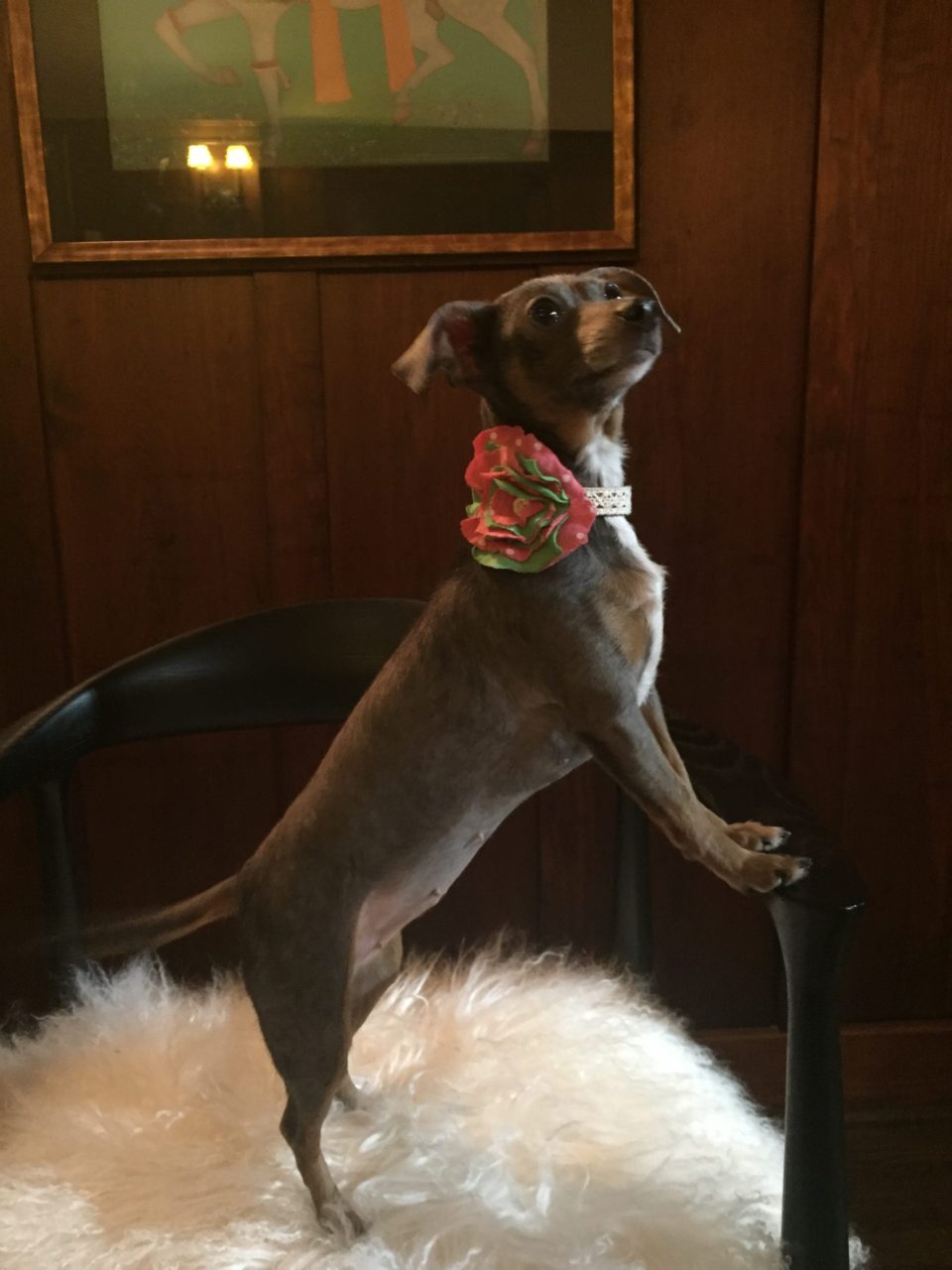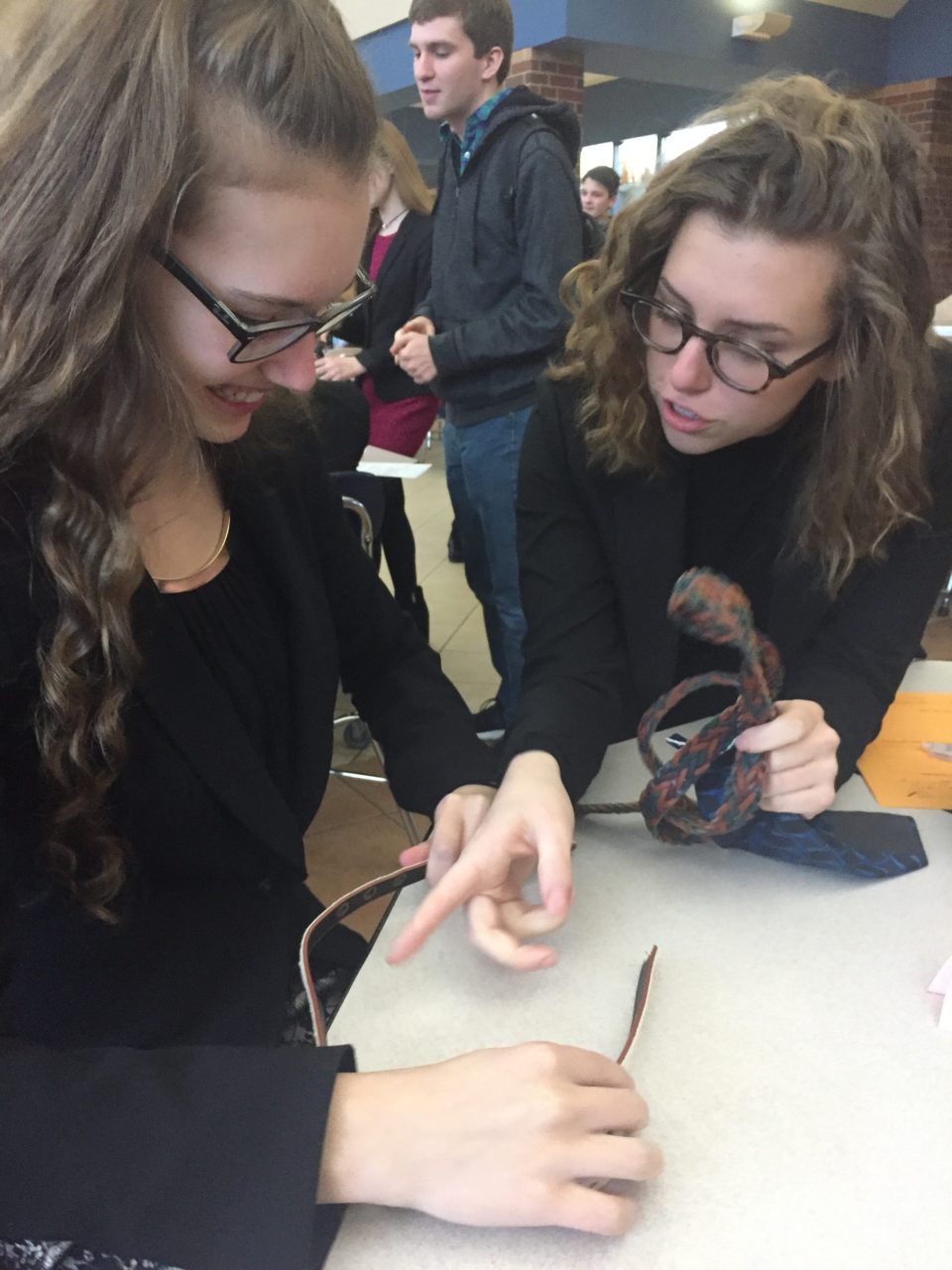Billion Dollar Collars
While we might not be able to change the whole world, every little bit counts towards an improvement of a dog's life.

Background Information
Lily Chapman lives in Cleveland Ohio and goes to Laurel School. Her love for animals started when she was little. Her first experience with a rescue dog was when she got her own dog, Frits, from a rescue shelter after he had spent 8 months wandering the streets. Luckily, he was found and eventually joined Lily’s family.
Lily learned the ins and outs of the rescue system and how much help they get from volunteers and donations. In tenth grade, Lily began volunteering at Petfix, a low-cost non-profit dog and cat spaying and neutering center, resulting in her greater involvement with the animal community. She has gone to fairs to explain the necessity of spay and neuter, and has received their volunteer of the year award.
Lily knew when she began her CLP that she wanted to do something to help animals. Her first idea was to host a fair where the donations would go towards the shelters, however she adjusted her plan to design, make, and sell animal collars, having 100% of the profits (about $15 per collar) go to the Cleveland Animal Protection League (APL). Lily photographs the collar on animals that need homes in the Cleveland APL, and then posts them on Instagram (@BillionDollarCollars) to sell.
Implementation of Project
The It took Lily a little while to develop her project. She went from idea to idea, not sure what would raise the most money in order to help the animal shelter as much as she could. However, she eventually settled on Billion Dollar Collars.
While at first it was hard for her to balance applying to college and her CLP project, she learned how to balance her time wisely and make use of free time. For her action team meetings, first her volunteers and her had a meeting during a free period, to discuss and research the designs of the collars. From this meeting, her team generated a list of materials they needed to buy in order to make the collars. During the second meeting (during free time at a Speech and Debate tournament), her action team held a meeting to create the collars. She brought donuts as an incentive, and the whole team got into it.
The next meeting had the team at a farmer’s market to sell their collars. The plan is for the farmers market to bring more people to her instagram store, and to help get word out about it while selling more collars.
“It was so amazing posting that first picture on Instagram — I could really feel the project coming together!” – Lily Chapman
https://youtu.be/7i_BfEmVIkE
Results of Project
Five people helped research and design the collars, and a team of about seven students helped assemble them. The collars cost about $18.99, but vary for each collar depending on size and complexity. That means that about $15 per collar are donated! While collars will continue to be sold, the team’s goal is to donate at least $300 to the Cleveland APL in February 2019.
“I can’t wait to donate the money! It will be amazing to make a difference.” – Lily Chapman
What’s Next
There are many things coming down the pipe in Lily’s project: She is photographing the animals at the APL in her collars, going to the farmers markets to continue to sell her collars. Then, she will donate the money the team has raised so far to the Cleveland APL. She is going to continue selling her collars, and will donate the money to the Cleveland APL every three months, and is considering branching out to other shelters as well.



